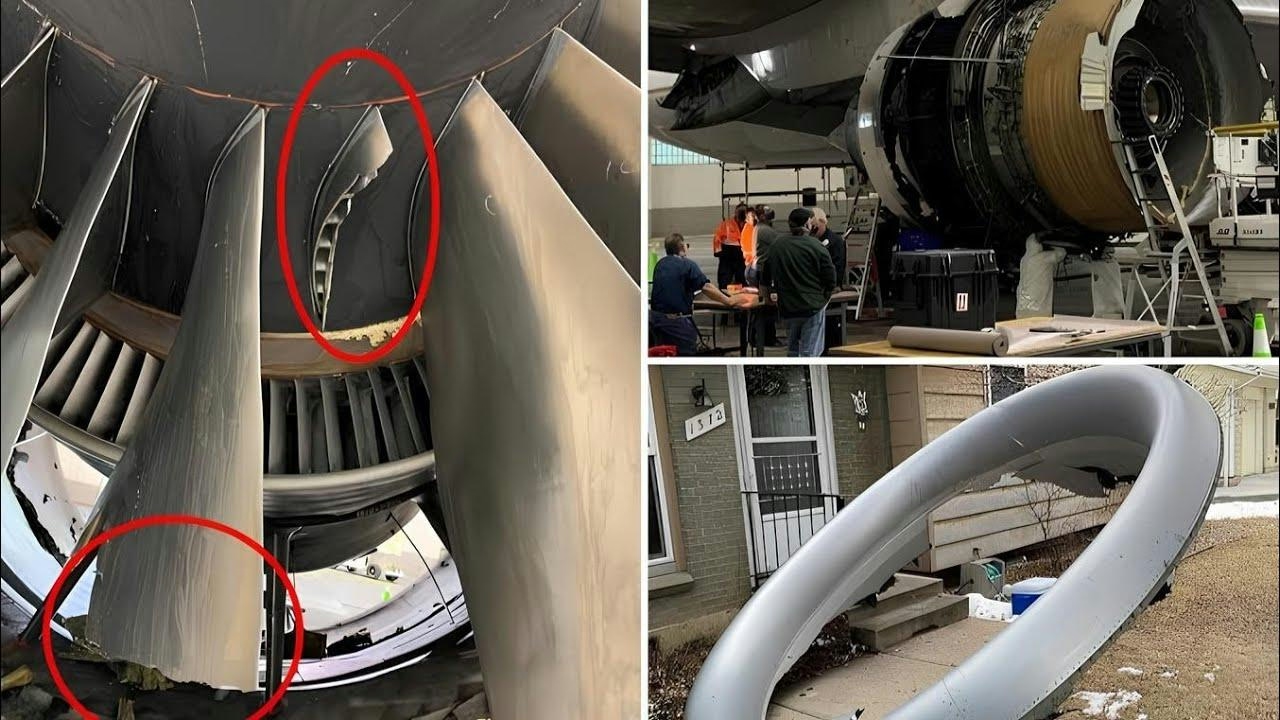
AeroGenie — あなたのインテリジェントな副操縦士。
現在のトレンド
Categories
Dubai Airshow 2025 to Highlight Advanced Air Mobility and eVTOL Technology
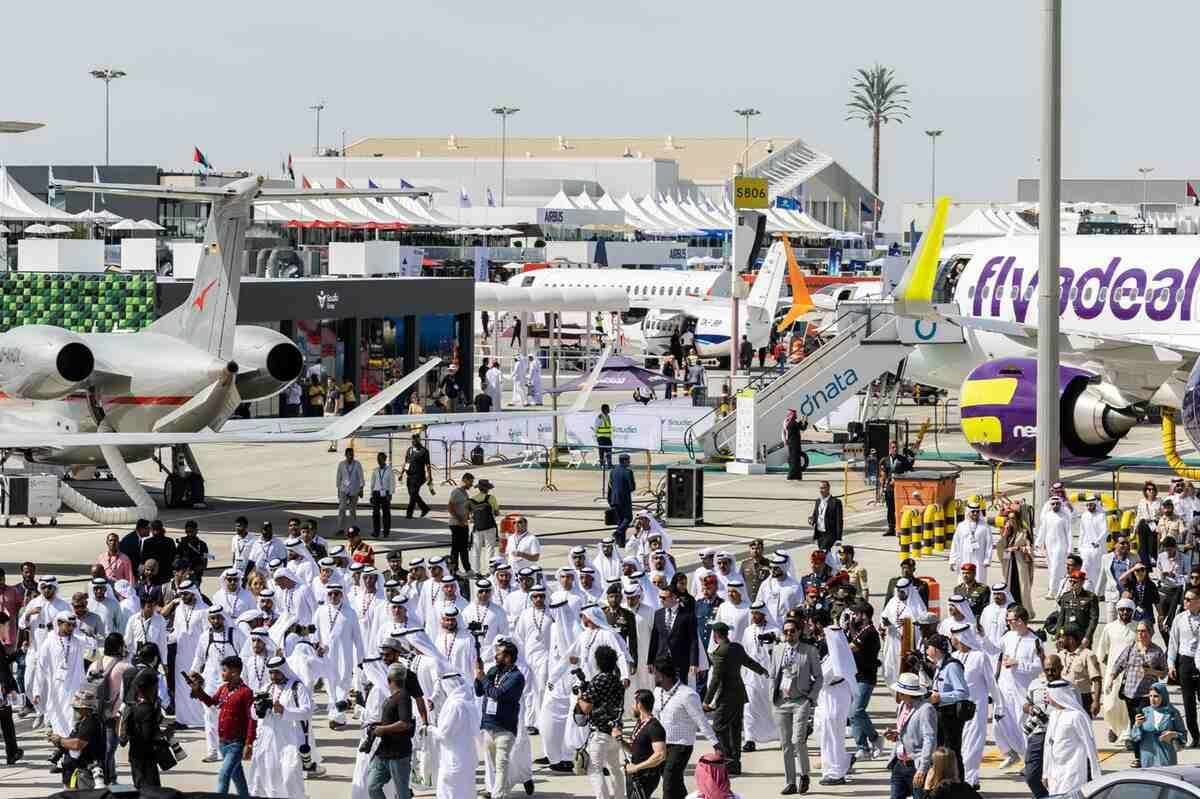
Dubai Airshow 2025 to Highlight Advanced Air Mobility and eVTOL Technology
The Dubai Airshow 2025, set to take place from 17 to 21 November at Dubai World Central, will place Advanced Air Mobility (AAM) and electric vertical takeoff and landing (eVTOL) technology at the forefront of the global aviation agenda. As Dubai prepares to launch electric flying taxi services as early as 2026, the event is expected to bring together over 1,500 exhibitors, more than 200 aircraft, and 350 expert speakers across 12 conference tracks. This will mark the largest and most diverse showcase of AAM innovations to date.
AAM Pavilion and Industry Leadership
A central feature of the airshow will be the AAM Pavilion, which will display full-scale eVTOLs and drones, several of which are slated for live demonstrations. The pavilion will host major aircraft unveilings, technology debuts, and panel discussions designed to accelerate the commercial adoption of these emerging technologies. Leading companies such as Archer Aviation, Joby Aviation, and Inventechs will headline the Aviation Mobility Stage, presenting their latest aircraft developments and market strategies. Other exhibitors, including Autocraft, Eanan, and WeFly, will highlight innovations that are shaping the future of urban air mobility.
Anthony Khoury, General Manager – UAE at Joby Aviation, emphasized the significance of the event, stating, “The Dubai Airshow’s focus on AAM reflects the UAE’s leadership in a new era of flight. We are proud to showcase our progress toward quiet, clean, and fast air travel.” Similarly, Waleed Alblooshi, Director of Corporate Communications at K2, remarked, “Through Autocraft, we are demonstrating how eVTOL innovation can transform urban mobility, support sustainability goals, and inspire the next generation of Emirati talent.”
Emerging Players and Regional Growth
The 2025 airshow will also welcome first-time AAM exhibitors such as Sarla Aviation from India and TransFuture Aviation from China, underscoring rapid advancements in infrastructure, regulation, and certification across the region. The AAM program will be inaugurated by H.E. Saif Mohammed Al-Suwaidi, Director General of the UAE’s General Civil Aviation Authority, who will outline the nation’s roadmap for connected and sustainable airspace. Keynote addresses from Adam Goldstein, CEO of Archer Aviation, and JoeBen Bevirt, CEO of Joby Aviation, alongside insights from Omran Malek of the Abu Dhabi Investment Office, will further enrich the discourse.
Infrastructure development will also be a focal point, with Skyports, a leading vertiport developer, highlighting its role in the ecosystem. The company is currently constructing its first commercial vertiport near Dubai International Airport. Damian Kysely, Head of EMEA at Skyports Infrastructure, noted, “The Dubai Airshow provides the perfect platform to demonstrate the importance of vertiports in a thriving AAM ecosystem.”
Market Challenges and Regulatory Considerations
Despite the enthusiasm surrounding AAM and eVTOL technologies, the sector faces significant challenges. Investor concerns regarding potentially inflated eVTOL stock valuations have raised the possibility of a market correction. The competitive landscape is also shifting, with growing interest in hybrid eVTOL models and companies seeking to expand into emerging markets such as Vietnam’s business aviation sector. Additionally, regulatory gaps remain a critical hurdle for eVTOL integration, as highlighted by recent studies in the UK. These challenges are prompting industry players to leverage regulatory insights strategically to navigate the evolving market environment.
Dubai Airshow 2025 is thus positioned as a pivotal event, offering a global platform for innovation and collaboration while addressing the complexities of a rapidly evolving and competitive aviation sector.

Prince William Awards MBE to Autonomous Aviation Expert
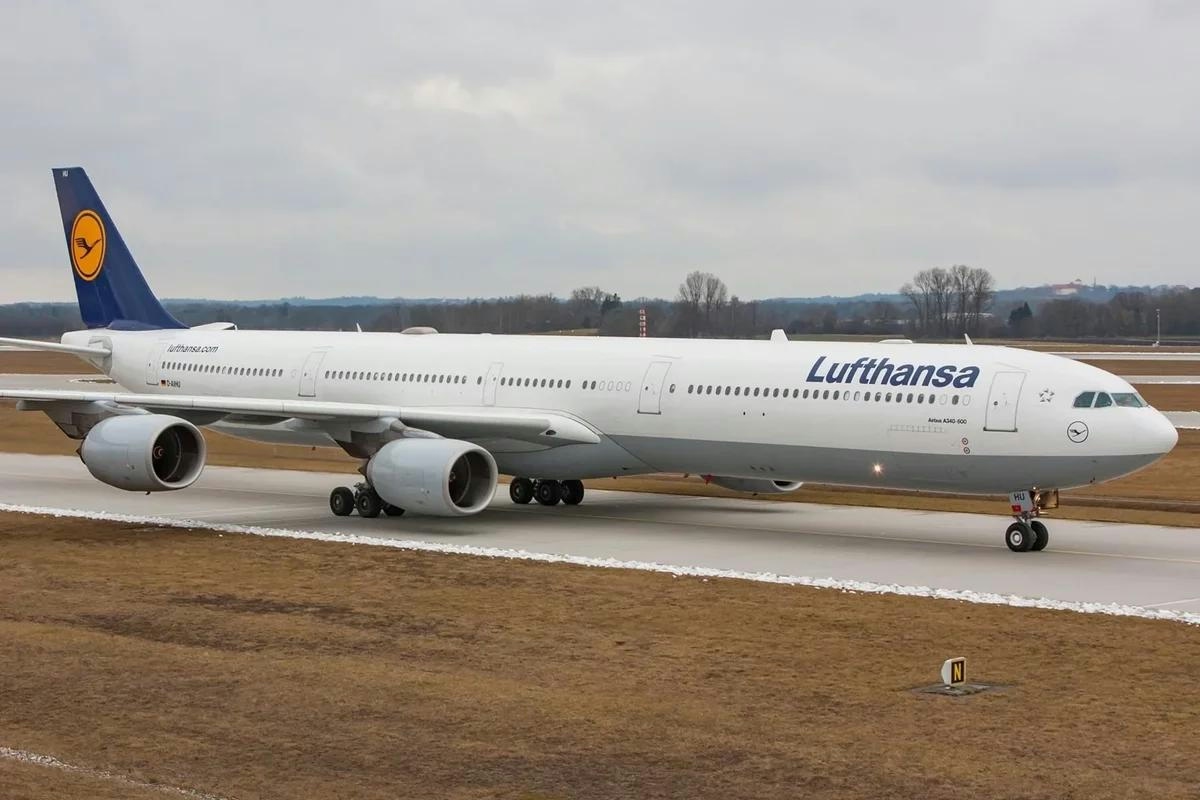
Lufthansa A340-300 Faces Repeated Engine Failures and Emergency Landings
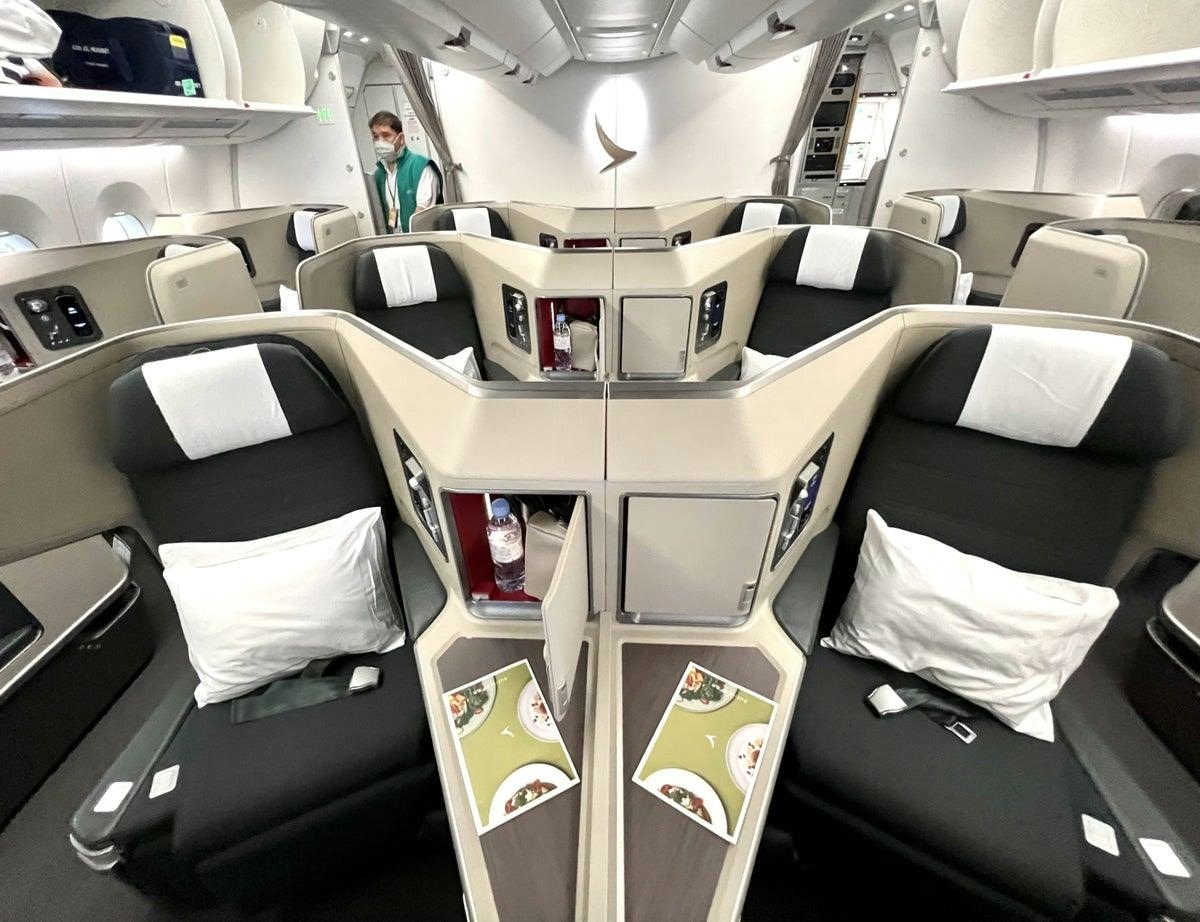
Airbus’s New Business Class Seat Patent and Its Impact on Future Travel

World’s most popular personal eVTOL demonstrates flight in Arkansas
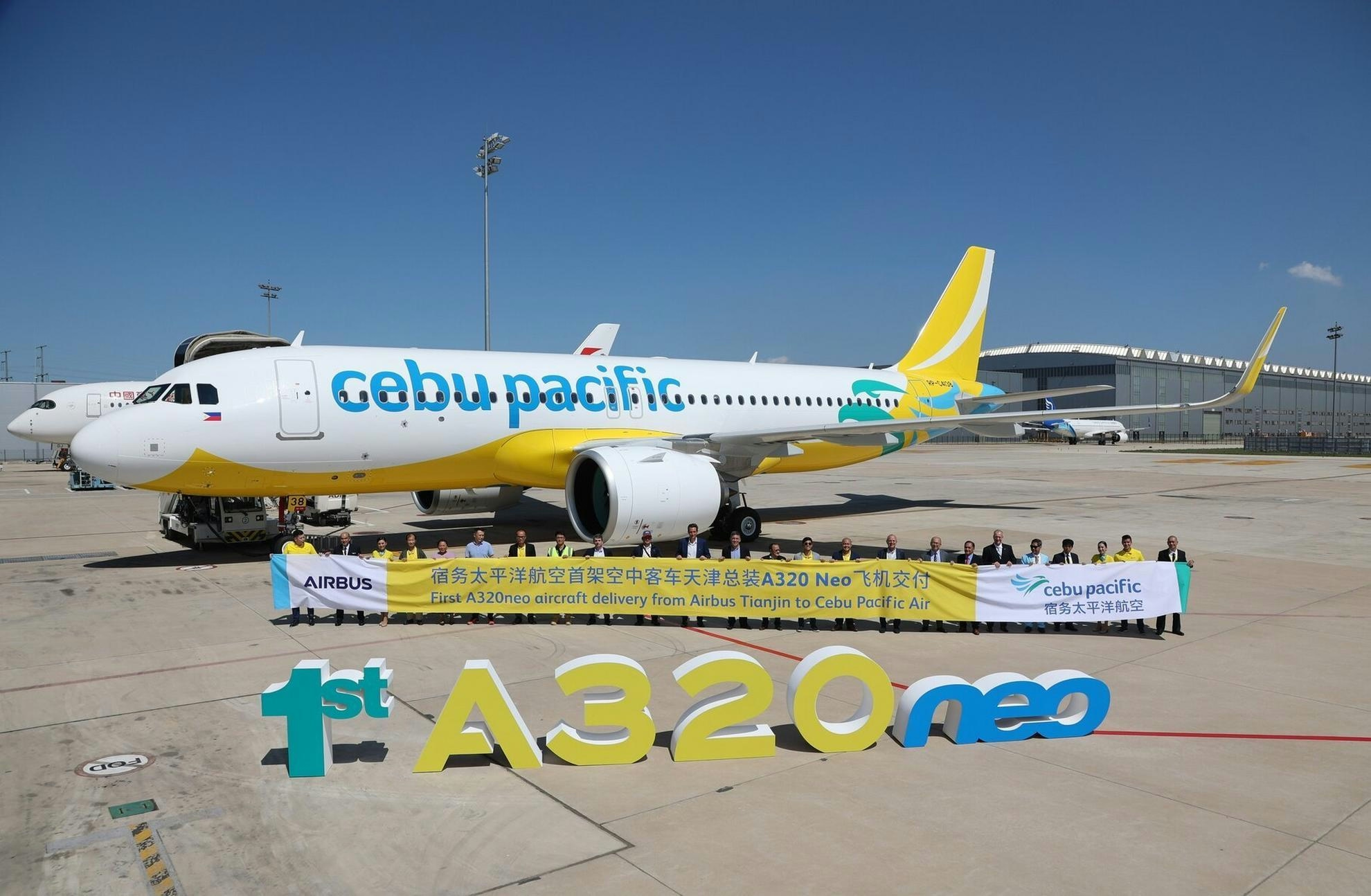
Airbus Secures Over 110 Aircraft Orders from Philippine Airlines and Cebu Pacific
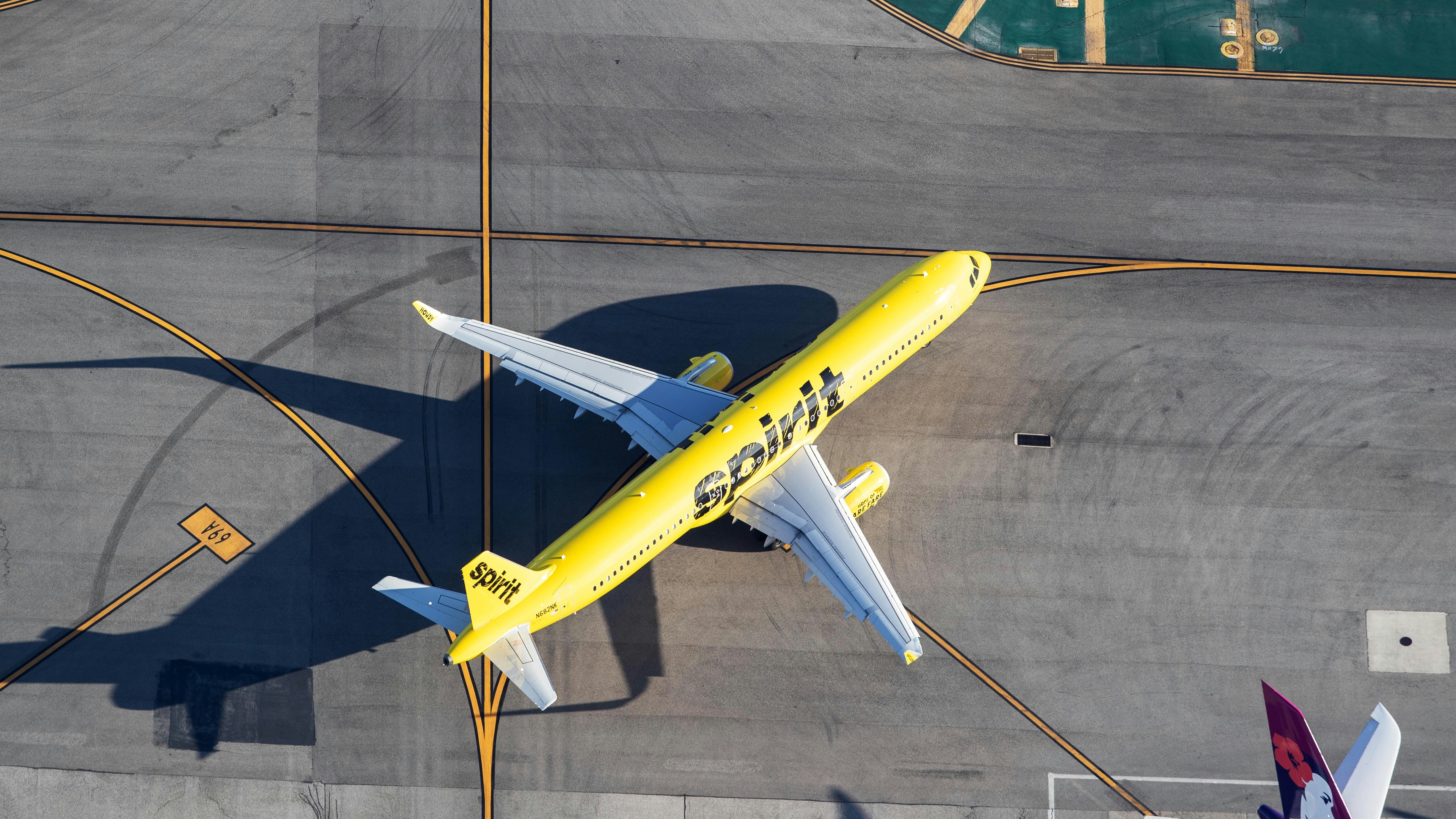
Spirit Airlines Cancels Airbus Order as Part of Bankruptcy Settlement
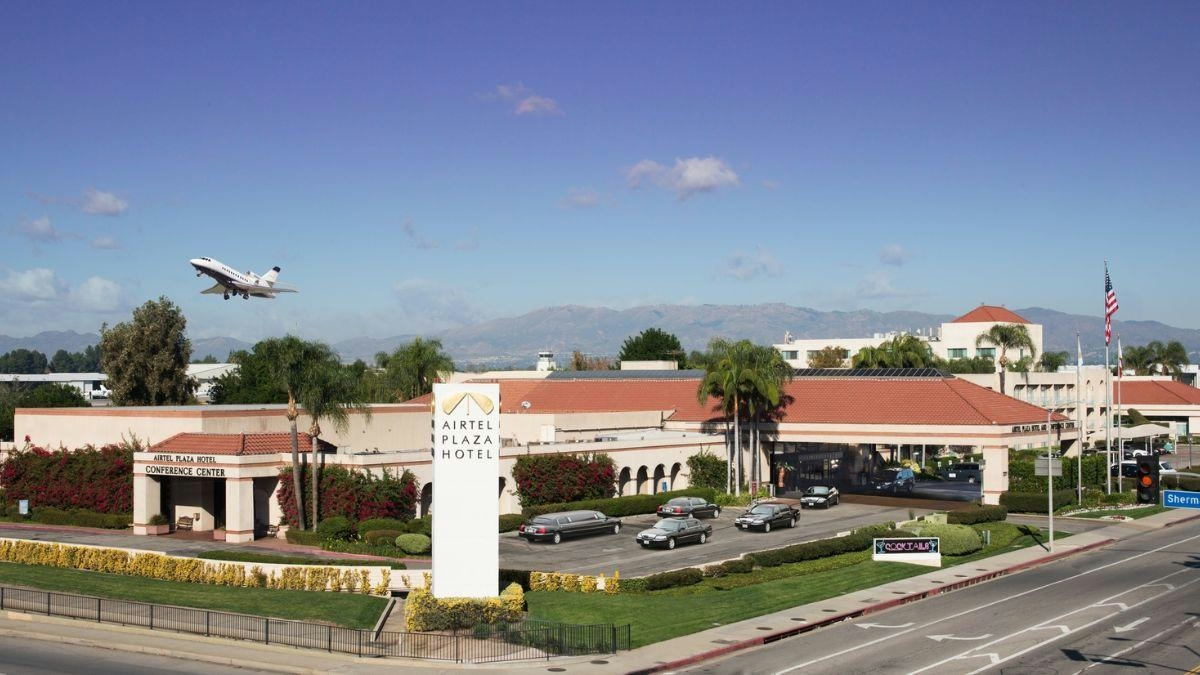
Leasing News: October 12, 2025

Why Alaska Airlines Chose Boeing 787s Over Airbus A330neo
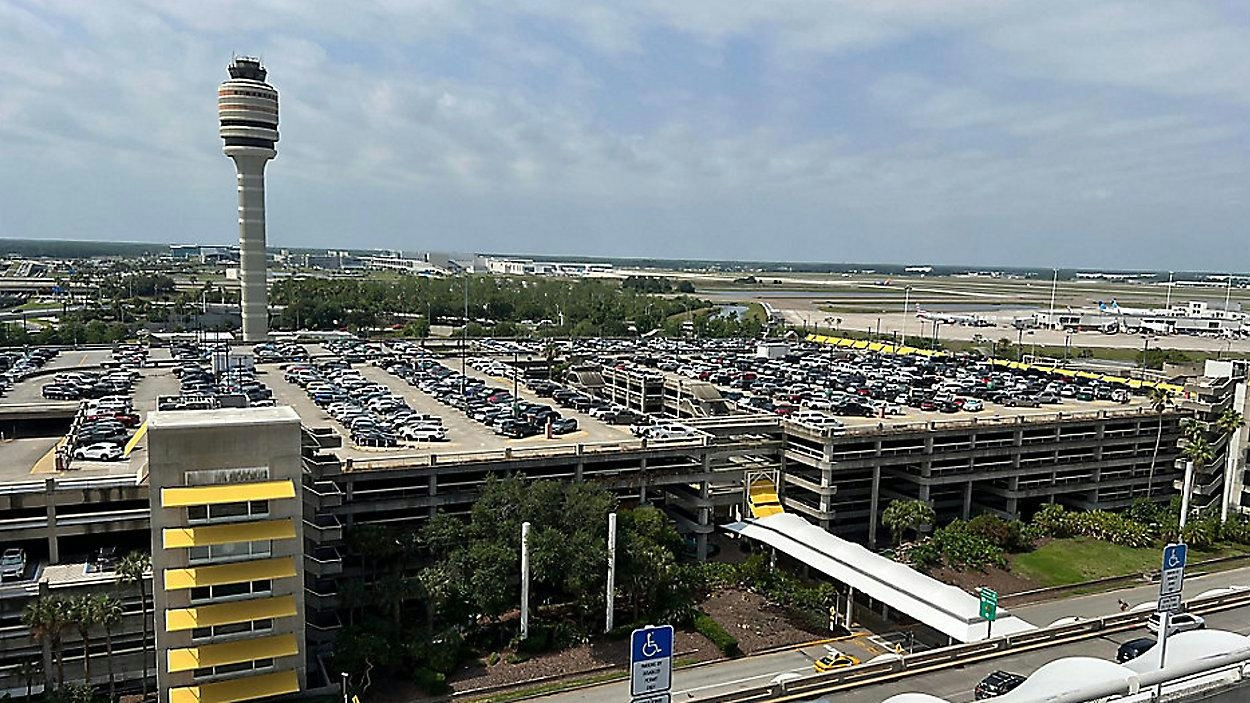
Orlando Airport Announces Major Changes Planned for 2028
